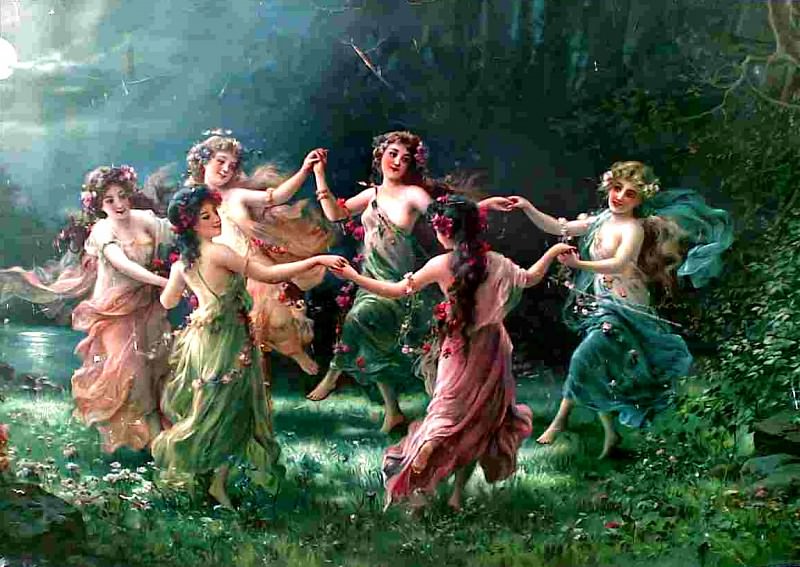The Life and Legacy of Caravaggio
Michelangelo Merisi da Caravaggio, born in Milan in 1571, stands as one of the most revolutionary and controversial figures in the history of art. His work, known for its dramatic use of light and shadow, brought a new realism to the painting world of the late Renaissance and early Baroque periods. Caravaggio's life was as tumultuous and dramatic as his art, and his influence on the trajectory of Western art remains profound and enduring.
Early Life and Artistic Formation
Caravaggio was born into a modest family, his father a stonemason and his mother a seamstress. After losing both parents in his early teens, Caravaggio moved to Milan with his uncle. His initial artistic training is believed to have been in the workshop of a local artist, although details about his early education remain sparse. By the age of 21, Caravaggio had relocated to Rome, a city that would become the stage for his greatest works and his greatest controversies.
Caravaggio’s Artistic Innovations
In Rome, Caravaggio quickly made a name for himself with his groundbreaking approach to painting. His work broke away from the idealized forms of the Renaissance, embracing instead a raw, naturalistic style. This was a significant departure from the more stylized and classical approaches of his predecessors. Caravaggio’s use of chiaroscuro, the stark contrast between light and dark, created a sense of drama and immediacy that had never been seen before. His figures appeared almost as if they were emerging from darkness, giving his paintings a vivid sense of realism and tension.
One of Caravaggio’s most notable contributions to art was his ability to depict religious subjects with a new level of humanity and intimacy. He chose ordinary people, often from the streets of Rome, as models for his saints and biblical figures. This choice brought a sense of accessibility and realism to his work, making the divine appear tangible and relatable. Paintings like "The Calling of Saint Matthew" and "The Supper at Emmaus" are prime examples of this technique, where the everyday interactions of his subjects serve to highlight the spiritual significance of the scenes.
The Controversial Life of Caravaggio
Caravaggio's life was marked by a series of legal and personal troubles that often overshadowed his artistic achievements. Known for his volatile temper and frequent run-ins with the law, Caravaggio led a tumultuous existence that reflected the intensity of his artistic vision. His most infamous altercation occurred in 1606, when he fatally wounded a man in a brawl. This incident led to Caravaggio fleeing Rome and becoming a fugitive.
Despite his fugitive status, Caravaggio continued to paint and even produced some of his most significant works during this period. His time in Naples, Malta, and Sicily was marked by a series of commissions that further established his reputation as a master of chiaroscuro and emotional depth. His later works, such as "The Beheading of Saint John the Baptist," showcase a more mature and introspective approach to his subject matter, blending intense emotional drama with a profound sense of narrative.
Legacy and Influence
Caravaggio’s influence on art was both immediate and far-reaching. His innovative use of light and shadow inspired a generation of artists, known as the Caravaggisti, who emulated his style and techniques. His approach to realism and his dramatic compositions had a profound impact on the Baroque period, shaping the works of subsequent masters like Rembrandt, Diego Velázquez, and Peter Paul Rubens.
In the centuries following his death, Caravaggio’s work continued to captivate and inspire artists, critics, and scholars. His paintings were collected and admired by various art patrons and institutions, and his reputation grew steadily over time. Today, Caravaggio is celebrated not only for his artistic achievements but also for his role in challenging and expanding the boundaries of art.
The Art of Caravaggio: A Modern Perspective
In contemporary times, Caravaggio’s art remains a powerful testament to the complexities of human experience. His ability to blend dramatic intensity with a deep sense of realism speaks to the enduring power of art to capture and convey the essence of the human condition. Modern exhibitions and scholarly research continue to explore and reinterpret his work, shedding light on the nuances of his technique and the contexts in which he worked.
Caravaggio’s impact extends beyond the confines of traditional art history. His life and work have influenced a range of disciplines, including literature, film, and theater. His dramatic compositions and intense emotional expression resonate with contemporary audiences, reflecting a universal and timeless aspect of the human experience.
Conclusion
Michelangelo Merisi da Caravaggio remains a seminal figure in art history, his legacy defined by his radical departure from the conventions of his time and his profound influence on the course of Western art. His innovative use of light and shadow, coupled with his compelling and often controversial life, continues to captivate and inspire audiences around the world. As we reflect on Caravaggio’s contributions, we gain not only an appreciation for his artistic genius but also a deeper understanding of the complex interplay between art, life, and legacy.




